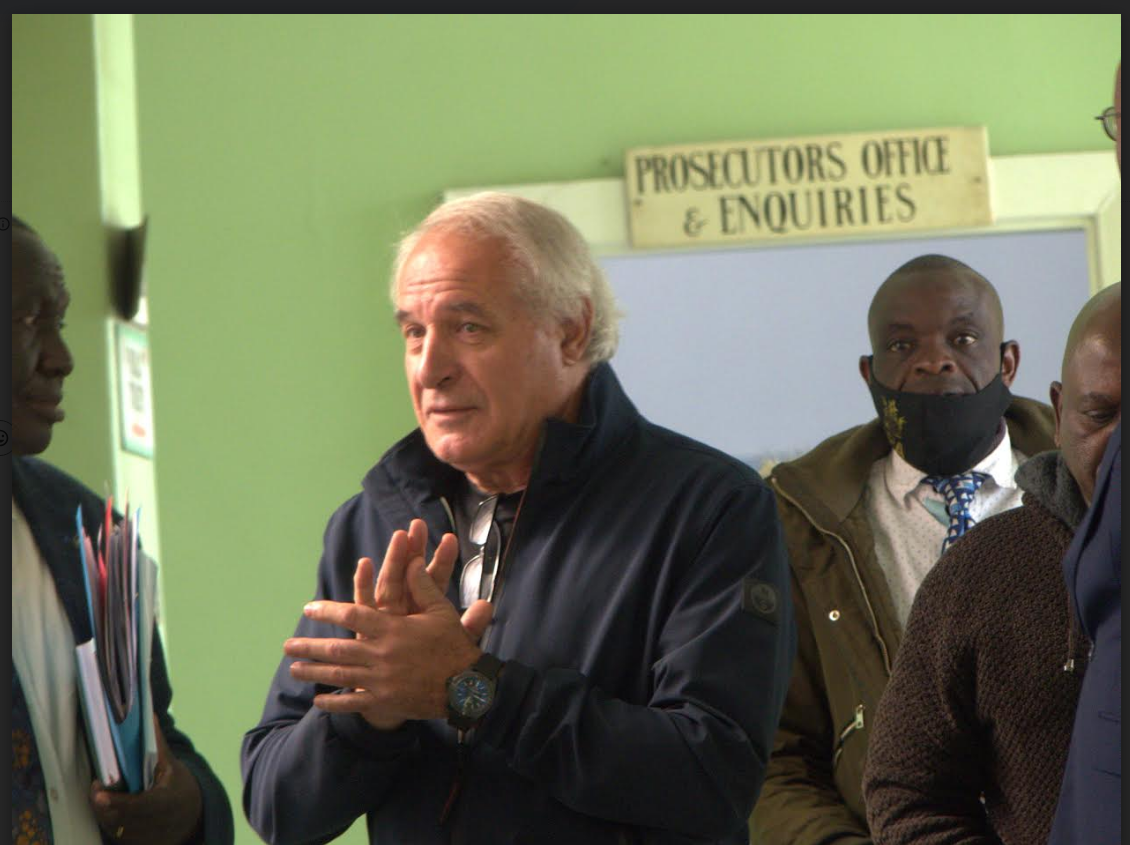
BY NOBUHLE MAPLANKA
The 2021 World Drug Report projected an increase by 40% in the population of people who use drugs by 2030 in Africa.
This equates to a projected increase in the estimated number of people (age 15-64) who use drugs in Africa from 60 million in 2018 to a staggering 86 million.
According to the United Nations Office on Drugs and Crime (UNODC), this projected surge is attributed to a number of factors that include the fact that Africa’s population is younger, and drug use is higher among young people than old people.
Moreover, the population of Africa is projected to grow more quickly than that of other regions; a projection influenced, among other things, by the continent’s low-income status and related upward trends in urbanisation.
In its recent assessment of the UNODC’s analysis titled The World Drug Report 2021: A Critical Assessment of Projected Increases in African Drug Use, the International Drug Policy Consortium (IDPC), focused on the uncertainty surrounding the data upon which projections are based and the related policy implications.
African countries, Zimbabwe included, have a history of failed policies.
Over the years, Zimbabwe has crafted several policies and frameworks in trying to deal with various challenges, but most have been a pie in the sky due to lack of political will and absence of extensive consultations among key stakeholders.
- Chamisa under fire over US$120K donation
- Mavhunga puts DeMbare into Chibuku quarterfinals
- Pension funds bet on Cabora Bassa oilfields
- Councils defy govt fire tender directive
Keep Reading
Zimbabwe is among countries that have of late witnessed an increase in drug use, although there is no official data on drug or substance use because a population size estimate has never been done before, anecdotal evidence points to a lot of illicit drug use on the ground in the country.
It is estimated that 60% of young people aged between 16 and 35 years could have used or are using drugs or substances. On the other hand 60% of admissions to mental institutions is linked to drug and substance use.
There is a likelihood of an increase in the population of people who use drugs by 2030 as projected by the UNODC if Zimbabwe sits on its laurels when it comes to addressing issues to do with laws, policies and blueprints such as the recently adopted Zimbabwe National Drug Master Plan (ZNDMP) 2021 to 2025.
The ZNDMP aims to provide a clear roadmap to addressing the cross-cutting drug use problem as well as highlighting a results-based implementation matrix to illustrate the roadmap as well as to ensure rigorous monitoring and evaluation.
According to the IDPC assessment, if African countries, Zimbabwe included, fail to implement policies or blueprints, there is a likelihood of a ballooned population of people who use drugs by 2030.
The ball is now in Zimbabwe’s court to implement the ZNDMP although there are gaps that need to be addressed to fulfill the blueprint’s aspiration.
The implementation of the ZNDMP should be led by a national coordinator not the current set up where the Minister of Public Service, Labour and Social Welfare Paul Mavima leads the implementation in his capacity as the chairperson of the Interministerial Committee on drugs.
A situation where there is a national coordinator like in the case of Covid-19 taskforce which is led by Dr Agnes Mahomva is the most ideal. The national coordinator should report to the minister.
The heads of government departments, in this case permanent secretaries should report to the national coordinator on issues to do with drugs under their various departments.
The existing legal frameworks such as the Criminal Law (Codification & Reform) Act, Chapter 9:23 (57) and the Dangerous Drugs Act Chapter 15 are outdated and do not sufficiently deal with the importation, exportation, production, sale, distribution, use, abuse and trafficking of drugs.
Since these laws do not adequately address issues surrounding drug use, particularly prevention and treatment, there is a possibility of a surge in the number of people who use drugs in 2030.
Possession of illegal drugs like cannabis and heroin as well as the recreational use of prescription drugs such as histalix and pethidine can attract a long jail sentences.
Zimbabwe also has a high level of pre-trial detainees — up to 30% of prisoners — meaning that even before being convicted of a crime they are forced to endure harsh conditions in prison.
Prisons in Zimbabwe are deplorable, they lack proper ablution facilities and prisoners’ diet leaves a lot to be desired, which is in variance with Sustainable Development Goal (SDG 3) Ensure Healthy Lives and Promote Well-Being for All at All Ages.
Target 3.5 of the SDG is aimed at strengthening the prevention and treatment of substance abuse, including narcotic drug abuse and harmful use of alcohol.
According to the 2017 Drivers of Migration and Urbanisation in Africa report by the United Nations, more than half of the global population now lives in urban areas. This figure is projected to increase to 75% by 2050, at a growing rate of 65 million urban dwellers annually. Sub-Saharan Africa is often regarded as the world’s fastest urbanising region.
The UNODC projection of increase in drug use influenced by upward trend in urbanisation could be reality as research shows significant correlation of drug abuse in the community and the urban index.
Zimbabwe like most African countries has been experiencing increased urbanisation and according to recent data, in 2020, 32.24% of Zimbabwe’s total population lived in urban areas and cities.
Africa’s population is younger, and drug use is higher among young people than old people, which is supported by the fact that estimated 60% of young people aged between 16 and 35 years could have used or are using drugs or substances.
As such, there is a possibility of Zimbabwe having an increase of people who use drugs by 2030 as projected by the UNODC.
The Zimbabwe Civil Liberties and Drug Network, which was set up to advocate for effective strategies for addressing problems associated with drug use in the country, while skeptical about the projections by the UNODC, believes more attention should be focused on reducing harm and market management in particular harm reduction and decriminalisation.
ZCLDN advocates for evidence-based drug policies that are embedded in public health, human rights and scientific research, as such believes Zimbabwe can only tackle the drug use scourge.
In Zimbabwe there is no official data on drug or substance use and the countries relies on anecdotal evidence thereby jeopadising efforts to address the drug use scourge.
As such ZCLDN is leading a situational analysis of drug use in Zimbabwe whose information is to be channelled towards HIV and TB intervention programmes.
- Nobuhle Maplanka is the ZCLDN communications officer










